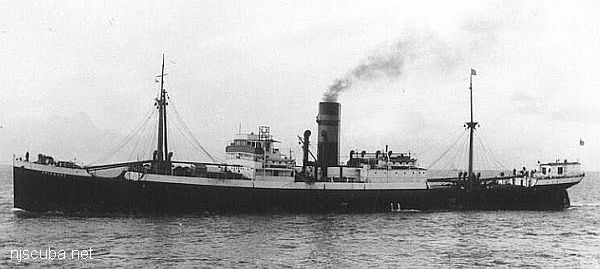
- Type:
- shipwreck, freighter, Britain
- Built:
- 1921, England
- Specs:
- ( 270 x 39 ft ) 2755 gross tons, 34 crew
- Sunk:
- Thursday February 19, 1942
torpedoed by U-432 - no survivors - Depth:
- 165 ft
More: Miraflores ...

More: Miraflores ...
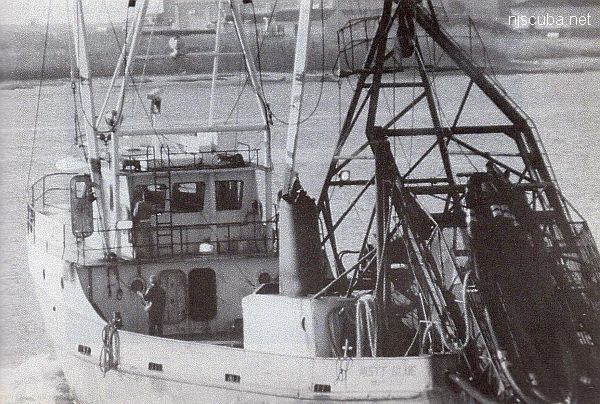
More: Misty Blue ...
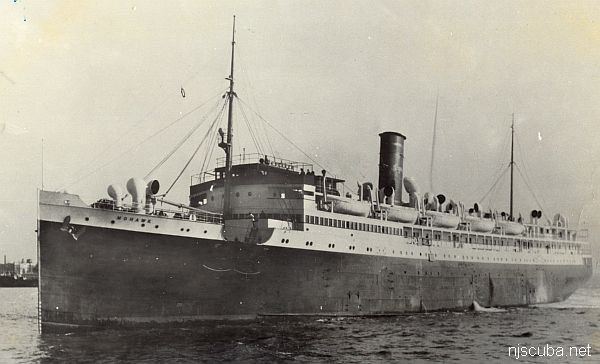
More: Mohawk ...
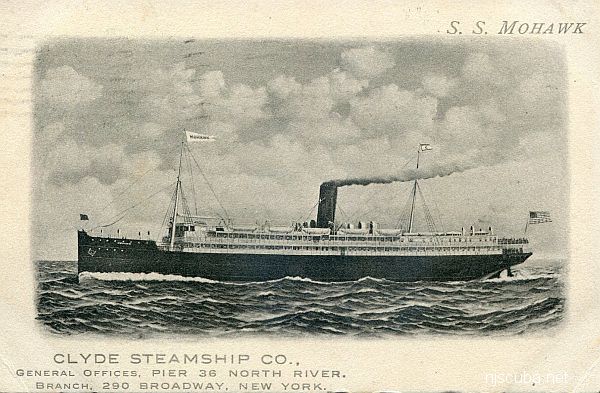
More: Mohawk (older) ...

More: Montgomery ...
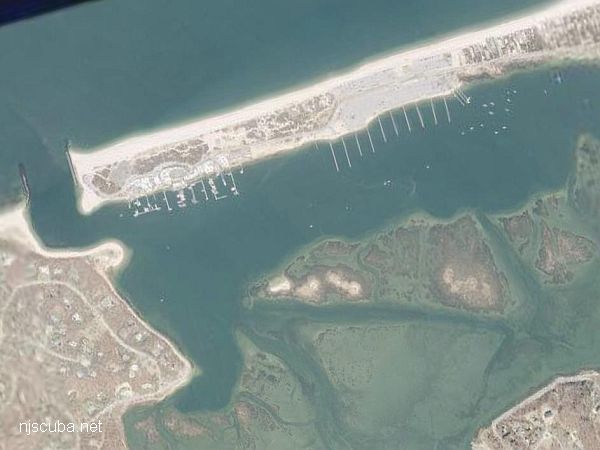
Once you get there, suit up at your car and walk down the small stretch of beach till you get near the jetty. Enter the water at your leisure. Once in the water, you can swim north along the jetty to the tip. You may see fish, lobster, crabs and the sort. There are large openings in the rocks that form the jetty. Large enough in fact that you can almost swim into one. I don't advise doing this because getting stuck might be a frightening experience.
More: Mount Sinai Harbor / Jetties ...